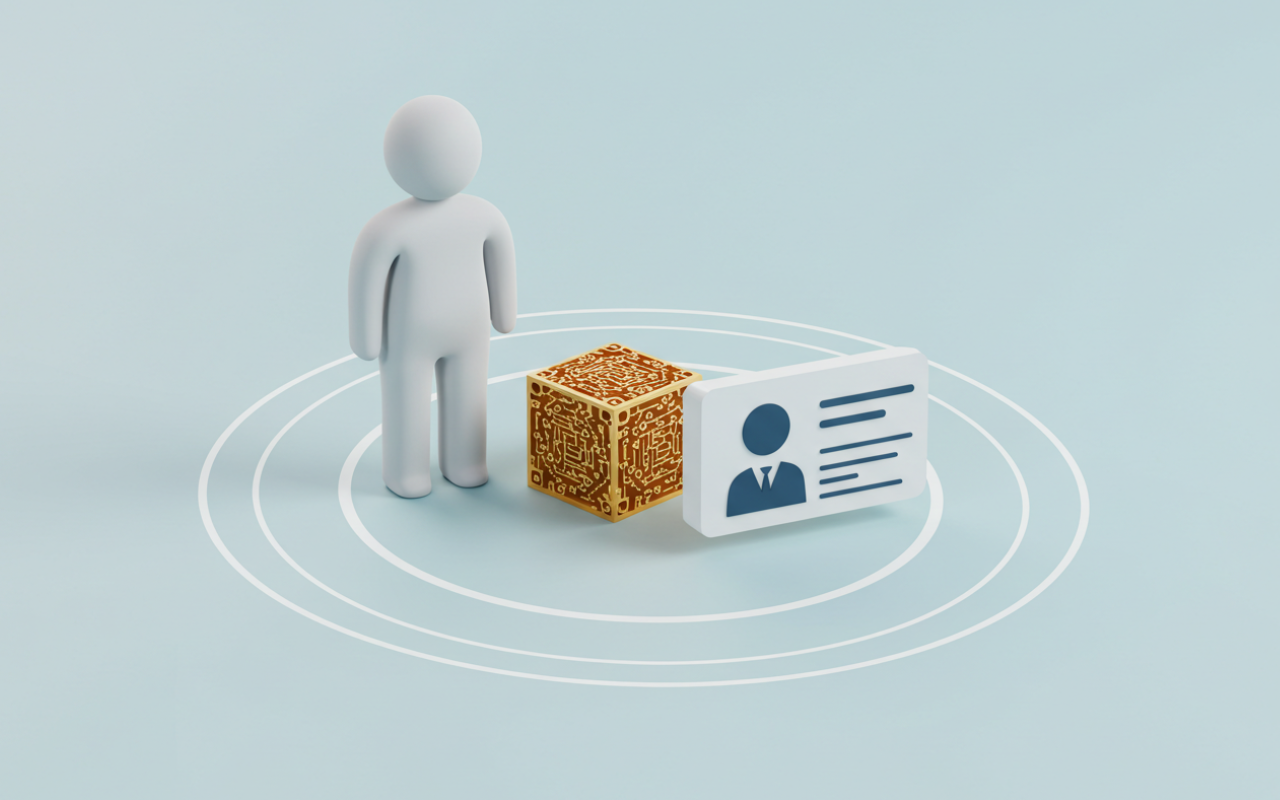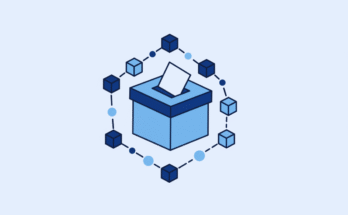In the digital age of today the notion of identity has grown beyond just an ID card or password protected account. Thanks to the advancement of technology, particularly blockchain, the method we manage and protect the digital identity of our customers is going through an important change. What exactly is blockchain and how can it change the way we manage our the way we manage our digital identities? Let’s get into this fascinating subject with an easy exploration.
Blockchain is an decentralized ledger that stores the transactions of multiple computer systems, so that the records is not able to be modified retroactively. Blockchain technology is most well-known as the foundation of cryptocurrency such as Bitcoin but its applications are well beyond digital currencies. A single of the exciting areas where blockchain technology is being embraced is the management of digital identities.

The Problem with Traditional Digital Identity
Traditionally, our digital identities are managed by centralized entities such as governments, banks, or social media platforms. These organizations store our personal information in vast databases, which can be vulnerable to hacks, breaches, and misuse. We’ve all heard stories about data breaches where millions of individuals’ personal information was exposed to malicious actors. This not only jeopardizes privacy but also puts individuals at risk of identity theft.
Moreover, managing multiple identities across different platforms can be cumbersome and confusing. Remembering numerous passwords and ensuring each account is secure can be a daunting task for anyone.
[Enter Blockchain] A New Era of Digital Identity
→ Blockchain offers a novel solution to these challenges by providing a secure, decentralized way to manage digital identities. Here’s how it works:
- Decentralization and Security: Unlike traditional systems that rely on a central authority, blockchain operates on a decentralized network. This means there’s no single point of failure, making it much harder for hackers to compromise the system. Each piece of information is encrypted and linked to previous entries, creating a chain that is incredibly difficult to alter.
- Self-Sovereign Identity: One of the most exciting prospects of blockchain-based identity is the concept of self-sovereign identity (SSI). With SSI, individuals have complete control over their personal data. They decide what information to share, with whom, and for how long. This empowers users to protect their privacy and reduces the risk of unauthorized data access.
- Interoperability: Blockchain enables seamless interaction between different systems and platforms. This means you can use a single digital identity across various services without having to create separate accounts or remember multiple passwords. Imagine logging into your bank account, social media, and email with just one secure digital ID.
- Transparency and Trust: Every transaction or change made within a blockchain network is recorded and visible to all participants. This transparency builds trust among users, as they can verify the authenticity and integrity of their data.
Real-World Applications
Several industries are already exploring blockchain-based identity solutions. For instance, in finance, blockchain can simplify KYC (Know Your Customer) processes by allowing customers to share verified identity information with banks securely. In healthcare, patients can control access to their medical records, ensuring only authorized personnel have access.
Governments are also taking note. Some countries are experimenting with blockchain for issuing digital IDs or managing voter registries, aiming to enhance security and reduce fraud.
Challenges and Limitations
→ Despite its promise, blockchain-based digital identity faces hurdles that must be addressed for widespread adoption:
- Scalability: Public blockchains like Ethereum struggle to handle large volumes of transactions quickly. Solutions like layer-2 scaling or private blockchains are being explored, but they’re not yet universally implemented.
- Regulatory Uncertainty: Data privacy laws, such as GDPR, raise questions about how blockchain complies with “right to be forgotten” requirements, as data on a blockchain is immutable.
- User Adoption: Transitioning to self-sovereign identities requires educating users about managing private keys and navigating decentralized systems, which can be daunting for non-technical individuals.
- Interoperability Standards: Different blockchain platforms use varying protocols, making it challenging to create a universal identity system. Initiatives like the Decentralized Identity Foundation (DIF) are working to establish standards.
- Infrastructure Costs: While blockchain reduces long-term costs, initial implementation requires significant investment in technology and training.
Addressing these challenges will be critical to unlocking blockchain’s full potential in digital identity.
The Future of Blockchain and Digital Identity
→ As blockchain technology matures, its impact on digital identity will only grow. Emerging trends include:
- Integration with AI and IoT: Combining blockchain with artificial intelligence and the Internet of Things could enable smarter, more secure identity systems for connected devices.
- Zero-Knowledge Proofs: Advanced cryptographic techniques like zero-knowledge proofs allow users to prove certain attributes (e.g., being over 18) without revealing additional information, enhancing privacy.
- Global Adoption: Governments and corporations are increasingly investing in blockchain identity solutions, paving the way for mainstream acceptance.
In the near future, we could see a world where individuals carry a single, secure digital identity that seamlessly interacts with services worldwide, from voting to shopping to healthcare.
Conclusion
While blockchain’s impact on digital identity is still unfolding, its potential to reshape how we manage our online identities is undeniable. By offering enhanced security, privacy, and user control, blockchain paves the way for a future where digital identities are not just safer but also more empowering for individuals.
As we continue to explore this exciting frontier, it’s essential to stay informed and engaged with these technological advancements. Who knows? The next time you log in online, you might be doing so through a blockchain-powered identity system.



![[Tesla Stock vs. Bitcoin] Which One Leads the Market in 2025?](https://mineatech.com/wp-content/uploads/2025/06/tesla-stock-vs-bitcoin-which-one-leads-the-market-in-2025-348x215.png)